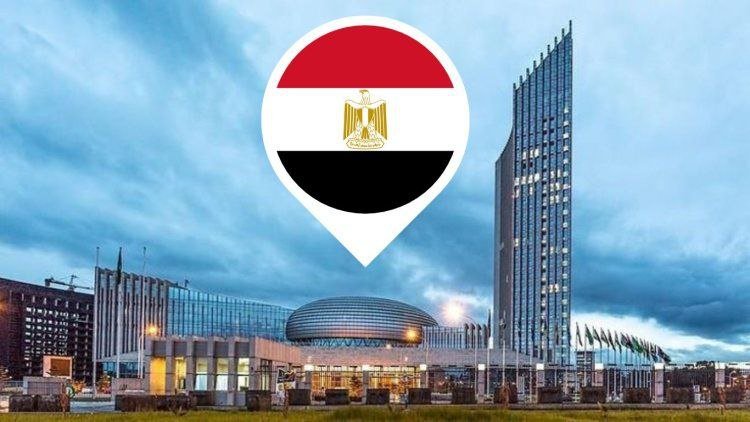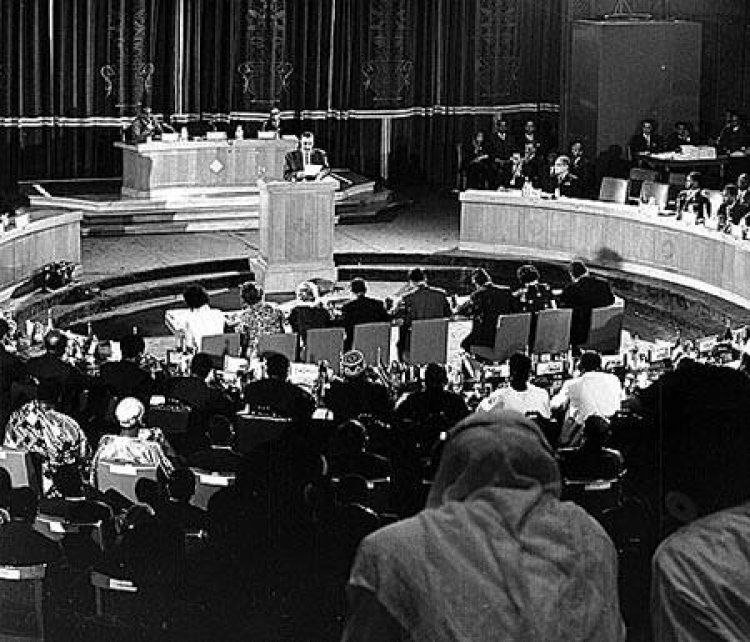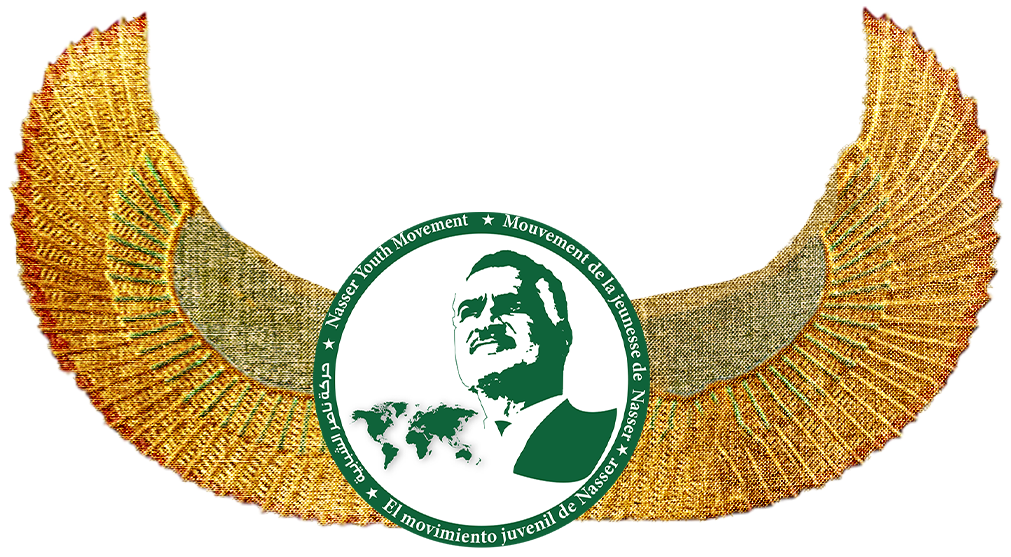Egypt and the African house: Sixty years of continuity and change

Reviewed by: Wafaa El-houseiny
Translated by: Abdulrhman Abdulnaeem Omar
Egypt and the African house: Sixty years of continuity and change
(1)Naser and the headship of African Unity
Historically, this is the fourth Egyptian headship to the African Union- formally the Organization of African Unity. The Egyptian Governments throughout history were consistently desirous to have an active and distinguished role in responsibilities that fit the Egyptian qualifications and were consistent with its natural ties with our African Continent which made an influential regional actor in power relations.
The first Egyptian headship to the Organization of African Unity was in the year of 1964 - the year of its foundation. This came as a result of the Egyptian persistent efforts towards Africa in this period. President Gamal Abdel Nasser was the organizer and the general supervisor of the Egyptian foreign policy towards Africa. He cooperated with presidential entities such as the African Affairs Bureau of Presidency including statesmen like Hilmy Sharawy and Muhammed Fayq, the High Commission of African Affairs, and some other executive organs such as the African Department of Foreign Ministry, radio stations, and other popular organs like the Egyptian Committee for Afro-Asian Cooperation.

Egypt played a pivotal role in this period in all the Continent's aspects. It had a head start on resisting traditional colonization which became the top priority of the Organization of African Unity agenda which established the “Coordination Committee for the Liberation of Africa”. Egypt resumed its role in supporting liberation movements with that African new regulatory framework. Egypt’s budget was the biggest in the Organization, which was estimated, according to Article 23 of its Charter, by 100,000 English Pounds.
Egypt had had a head start on supporting the liberation movements in Africa before the establishment of the Organization. Naser knew at that time that Egyptian national security relates to the security and independence of the rest of the Continent, therefore the liberation of Egypt relates to the liberation of the rest of the Continent. Because of this he welcomed several African leaders in Cairo and offered them protection and opened offices to the representatives of the liberation movements whether from Kenya, Nigeria, Uganda, or Somalia and he provided the liberation movements in Algeria with military assistance which made France take part the tripartite aggression against Egypt. He went further, establishing the African League in Cairo to coordinate between the offices of liberation movements and their activities in the framework of the Egyptian policy. The number of offices was 22 office and organization in the early 1960s. The League issued several important periodicals like “Africa’s Renaissance”.
He provided training to the movement’s cadres in the Egyptian institutions, Alsaaqa School, and the Military Academy which contributed to the completion of the “Coordination Committee for the Liberation of Africa” for the Organization of African Unity and the whole Continent was liberated. The committee closed all its accounts in the banks after it had fully done its work.
Egypt has taken the lead in addressing issues of racial discrimination, it rejected “Bantustans” and maintained constant contact with African peoples and liberation movements, especially in North Africa through its cadres in Cairo via English, Zulu, and Swahili radio programs. It supported the African National Congress and aided ZAUN that were fighting against the white minority in Rhodesia - Zimbabwe at the time.
This was a presentation of the circumstances that led to Egypt assuming the headship of the African Union (formally the Organization of African Unity) during Naser’s era. Policies changed with the change of presidents, but they all agreed to serve our African continent. So, what were the circumstances that accompanied Egypt’s return to the headship of the African Union during Sisi’s era?

